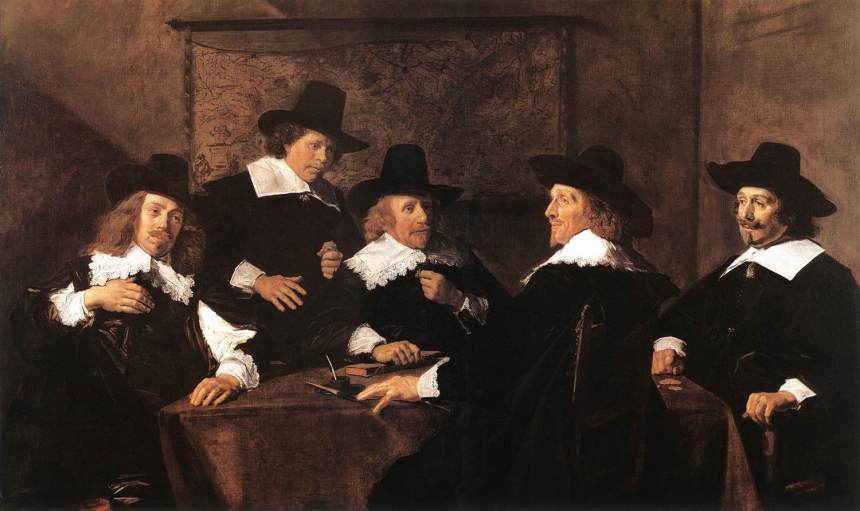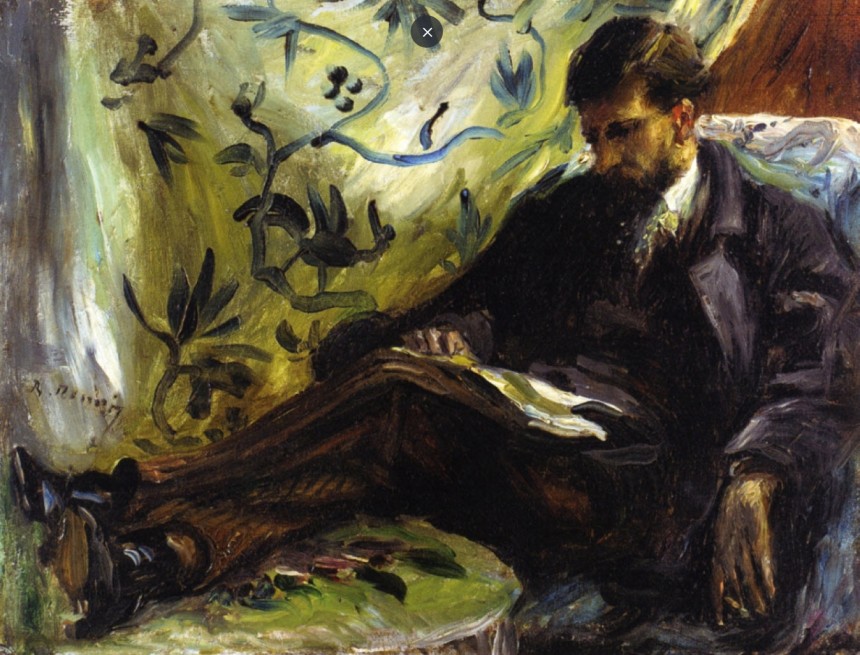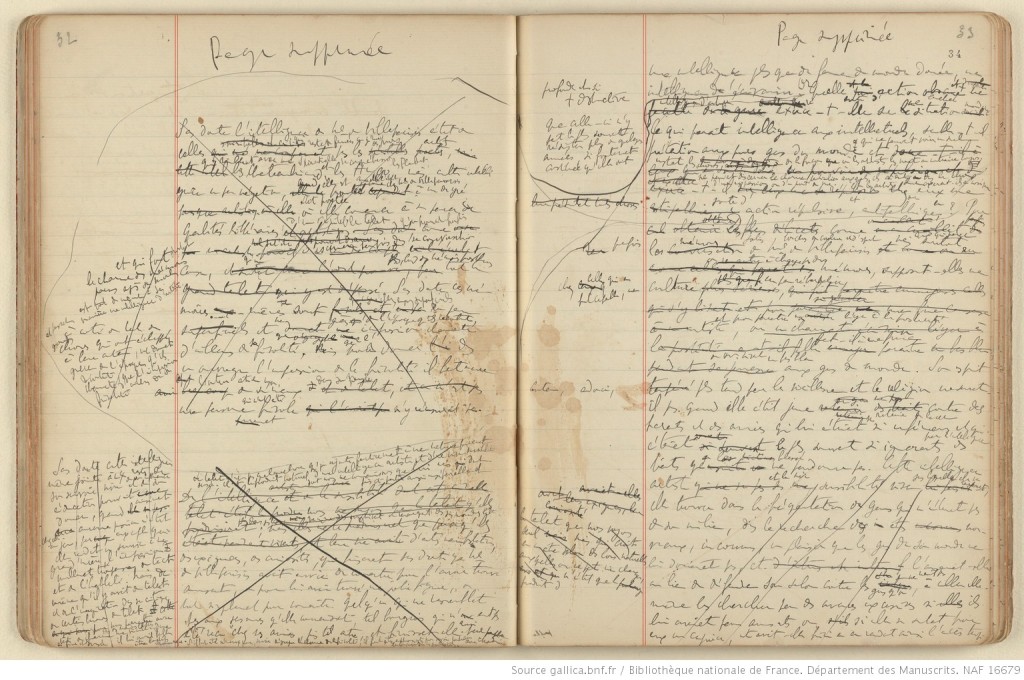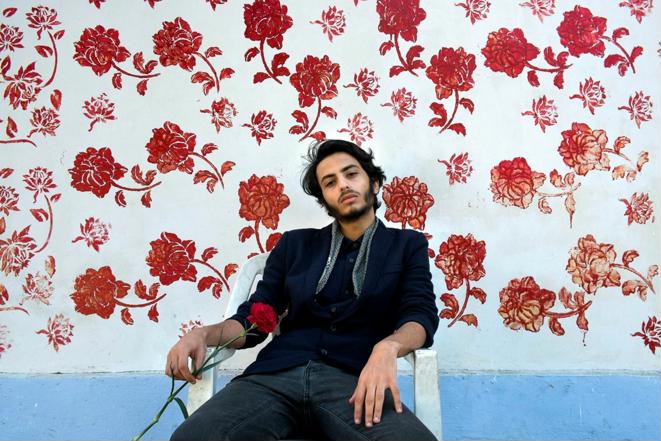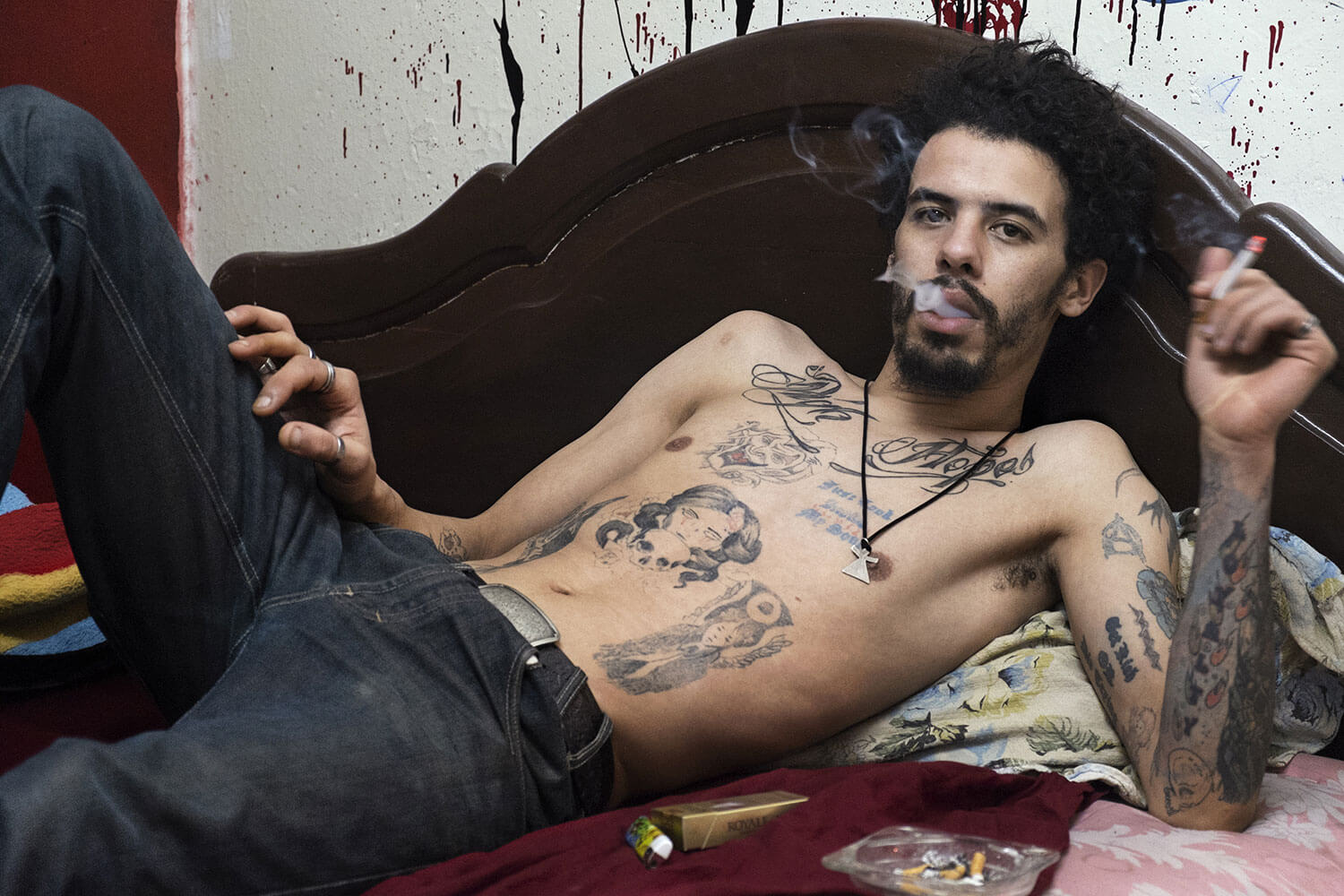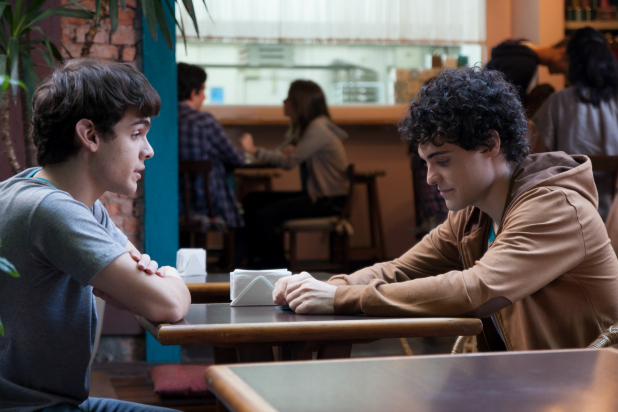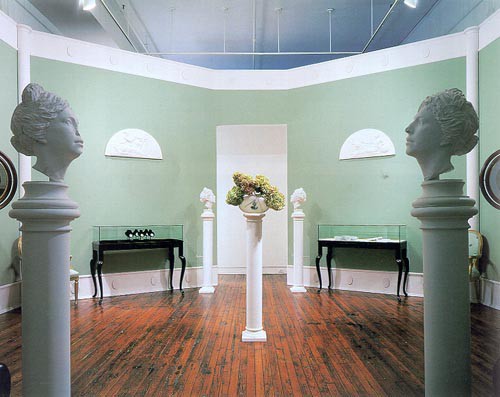Brothers, Fathers, Friends and Lovers
Making Sons
“Uncle Gabe passed away,” my brother tells me over the phone. Gabe, he says, short for Gabriel, though I’m sure when we were kids we all called him Gay.
I’m shocked by the news because I’m certain he is already dead. In my family, the men of his generation, their lives cut short by the sludge of tar and plaque their bodies accumulated through a lifetime of bad but then common habits, barely made it into this century, much less two decades in.
But then my uncle had always stood out. Unlike his brothers, he didn’t smoke and rarely drank (which may explain why he lived into his 90s) and had married a woman who wasn’t Italian or even Catholic. Florence was a Presbyterian of English stock with auburn hair and a reedy, warbling voice all sophistication, who played the organ and had a job in the city. But what most stood out was the fact that Uncle Gay had no children.
It was perhaps his inability to father children —for in my young mind fatherhood was a matter of fitness, not choice—that made me think of him as a meek and reserved man. But no, he was indeed a gentler man than his brothers. I never heard him raise his voice to anyone, and certainly not to his wife, whom he treated with far greater respect than my uncles did theirs, almost as if they were friends.
Growing up I was certain my uncle couldn’t father children. I pieced together an explanation of why not from scraps of stories I believed I had heard, something about radiation treatments he had undergone as a young man for an unspecified cancer. I didn’t think it odd that someone would have thought it necessary or appropriate to explain to a 12-year-old boy why his uncle couldn’t have children when they never bothered to explain to us how children came into existence in the first place.
But I had come upon the facts of life on my own, around the same time I read John Hershey’s Hiroshima, which figured on a summer reading list my school had sent me. The sex education book I stumbled upon in the town library was a curiosity of sorts, nothing more. I already knew about erections from my own and was intrigued by the thought of the millions of potential babies housed in my sperm, but the rest held no interest for me.
Hiroshima was another matter. Although my imagination had been fed with the cinematic tropes of green-glowing creatures and fizzing rays of energy, scary in the way a campfire horror tale would be, Hershey’s depiction of radiation sickness gave me nightmares for weeks.
The books may thus have sown in my subconscious the seeds of an explanation for Gabriel’s childlessness. If exposure to radiation could make gums bleed and skin blister and hair fall out, even a measured dose, I imagined, would be enough to kill off the sperm his body would try to make. In my 8th-grader’s eyes, he was a damaged man, though his scar, unlike the tremors and limps and dangling limbs of other more visibly wounded relatives, was unseeable, and like radiation, and measured only in the absence of something else.
As a boy I felt sad for him. I remembered him sitting at the immense oak table in the dining room of my grandparents’ country house, along with his brothers and sisters and their wives and husbands. As the adults sat through the long hours of coffee and cake and grappa, they would be called to deal with banged heads and pleas for seconds on dessert, like ministers at a council of state tugged aside by a secretary with urgent news. All save Uncle Gay and Aunt Flo. They were never pestered. There were twelve of us cousins, and none of us ever ran up to them for anything.
I was sad for him in a way I wasn’t for myself and never would, for even in 8th grade I was sure I would never get married, and that was neither good nor bad but just the way things were. I didn’t know if other boys my age thought of themselves as future fathers, but I knew that they liked girls in a way I didn’t, in the way you had to like a girl if you wanted to be a father.
I still don’t know why my uncle had no children. There is no one left but his youngest sister to ask, and I will not burden her with my curiosity.
I find I can no longer disentangle fact from remembered experience. All I have of my childhood are bits of scenes , sometimes nothing more than a quality of afternoon light recalled on a quiet, sunny street or the scent of boiled turnip. To salvage these scraps of recollections, I anchor them in a tale, unwittingly supplying the missing elements so that they can bond into an indissoluble narrative.
Daniel doesn’t remember anything about radiation therapy, but that proves nothing. We are both evangelists writing a history years after the events took place. His accounts are always kinder and more forgiving of their subject’s failings than mine, probably because Daniel himself is a kinder, more insightful person than I am. He remembers, for example, that Florence and Gabriel befriended my father in a way that went beyond the obligations of kinship, and this surprises me, too, because I rarely think of my father as having any friends.
Like Matthew and Mark, we do not always tell the same stories, and even when we do, the details do not always match like the b in Gabe and the sarsaparilla soda our uncle offered us instead of Coke when we visited him. Once Daniel tells me, though, it makes sense. It’s the kind of choice a man who was not a father might make.
But we both remember the cars and the barbecues.
Like my father, my uncle was a negative cutter, his wife a better paid color timer, all three jobs arranged by my grandfather, whose influence in the movie business no story of mine has yet been able to accommodate. With two incomes and no children, my uncle and aunt had more money than anyone else in the family, enough to buy a new Cadillac every two years and a sprawling split-level in a leafy suburb in northeastern New Jersey, a town of long sloping front lawns and no sidewalks.
They were the first to move out of the city and thus the first to have a real back yard, where, as far back as I can remember, they gathered us all together, the whole lot of siblings and spouses and the dozen cousins, for a barbecue. It was held on some inconspicuous Sunday in midsummer, never on the 4th of July or Labor Day, because it was a holiday in its own right and as eagerly anticipated.
It seemed to me that the house was built with this single day in mind. At the back of the ground floor next to the music room was a utility room that led through sliding glass doors to their spacious backyard. The room housed their washer and dryer, the latter one in a long series of gadgets and appliances they were always the first to acquire but it was also outfitted with a refrigerator, a sink and counter space. It was a makeshift kitchen that served as supply point and wash-up station between the yard and the serious kitchen upstairs.
For one day in the year their yard filled with the rare squawks and laughter of children playing, as if a band of migratory creatures had alighted on their immaculate turf for a brief and noisy visit. And here in their yard they would finally be pestered and my uncle pleaded with to take us for a ride in his Cadillac.
Daniel tells me that as a boy he wished at times my aunt and uncle would adopt him. He says he sometimes prayed that he would be left behind after one of our visits and thus ensconced him in the privileged world of an only child.
I tell him, I, too fantasized about being raised by them, not for the privilege of being their only child but for the chance to be part of their quiet, elegant world, where music was played and no one fought, and in the place of argument a discourse of affection and civility reigned. I would learn to play the organ and go to a better school, a place where no one would know about Jamie Marsh and the names he called me.
But my fantasies never lingered. Unlike Daniel, I was wary about being the focus of attention, and the thought of being an only child, and indeed to such eager, long-deprived new parents, unnerved me. At first they’d ask me after school how my day went but soon they’d move on to why I was hanging out with Anne, who wasn’t the kind of girl a boy would want to take to the school dance, and besides, why wasn’t I going to the dance anyway? And then later on they’d ask me about Jamie, for I was sure they’d find out about the bullying, and their questions would raise this accident of fate into a problem, a thing to be investigated and dealt with, and the last thing I wanted was to be scrutinized. For though I told myself I was queer only in Jamie’s twisted mind, I knew I was different. I couldn’t help feeling that there was something in me that Jamie saw that I couldn’t and that my uncle and aunt might see as well.
It was better to recede unobserved into the chaos of my own family, my parents’ attention distracted by their own constant skirmishes and the more pressing needs of my younger and unrulier brothers. Though I silently resented my father for not protecting me from what I did my best to conceal from him, I was relieved he didn’t pry.
A more attentive father in more tolerant times would have noticed how often I was sick on gym days, or how I sometimes came back from school hungry because I had missed lunch at the cafeteria. He would have helped me feel right about myself and deal with my nemesis. A father like Daniel.
He tells me I’m selling our father short. He says, yes, he wouldn’t have understood, but that wouldn’t have changed his love for me or his desire to keep me safe.
He’s right. of course. When I came out to my father years later, he told me he loved me and just wanted me to be happy. And then added, “But it makes me sad to think you won’t have children. Don’t you want to?”

